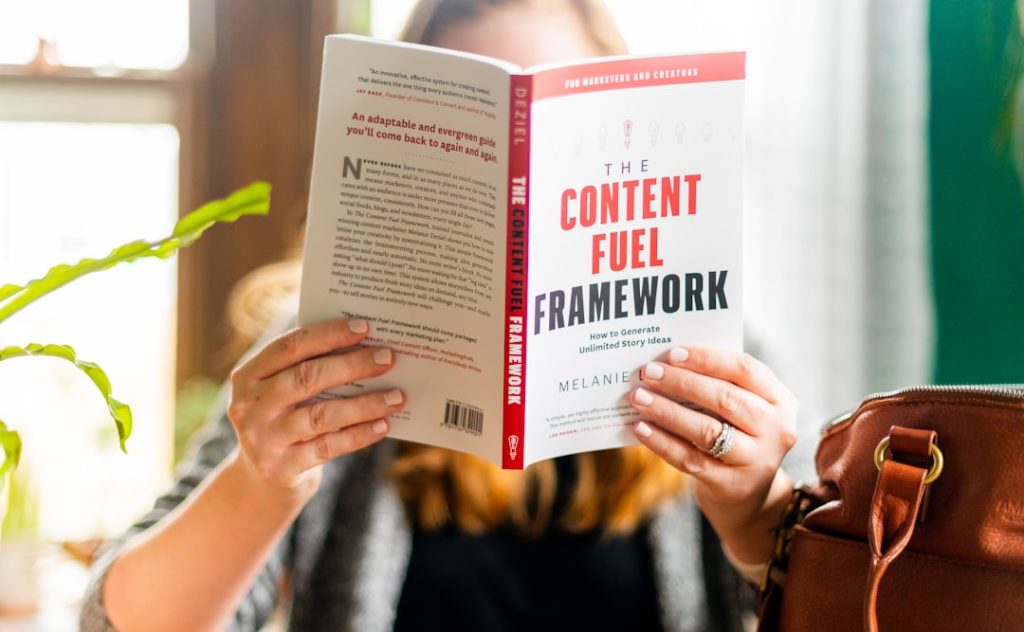Content marketing is a field where creativity and originality are highly valued. For students diving into this area, understanding how to create unique content is super important. Let’s explore some practical ways students can avoid copying and develop their own content marketing skills.
Why Originality Matters in Content Marketing
First, it’s important to understand why being original is such a big deal. Plagiarism can lead to some serious academic trouble, like failing grades or even getting kicked out of school. In the professional world, copying content can damage your reputation and your company’s image. Search engines like Google prioritize original content, so copied material won’t rank well, meaning fewer people will see it. Plus, creating your own content helps you learn and grow, boosting your understanding and skills.
Tips to Ensure Originality
1. Understand Copyright and Fair Use
Copyright law protects creators’ original works. Fair use allows limited use of copyrighted material without permission for purposes like education, commentary, or criticism. Make sure you understand these concepts to avoid accidental infringement.
2. Conduct Thorough Research
Start by gathering information from a variety of sources. Don’t just stick to the first few articles you find. Dig deeper, look for studies, reports, and different viewpoints. The more you know, the easier it will be to create something new and informed.
3. Take Detailed Notes
As you research, take notes in your own words. Summarize key points and ideas without directly copying phrases or sentences. This helps you process the information and make it your own.
4. Credit Your Sources Properly
Always cite your sources, whether you’re quoting directly or paraphrasing. Use proper citation styles (like APA, MLA, or Chicago) as required by your instructor or publication. Giving credit where it’s due shows integrity and avoids plagiarism.
5. Paraphrase Effectively
Paraphrasing means expressing someone else’s ideas in your own words. To do this well, read the original text, understand it completely, and then rewrite it without looking at the original. Change both the wording and the sentence structure.
6. Use Quotation Marks
If you’re using someone’s exact words, put them in quotation marks and cite the source. Direct quotes should be used sparingly, only when the original wording is particularly impactful or when it’s important to preserve the author’s voice.
7. Develop Your Own Voice
One of the best ways to avoid copying is to develop your own unique writing style. Experiment with different tones, structures, and perspectives. The more you write, the more your individual voice will emerge.
8. Use Plagiarism Checkers
Before submitting your work, use plagiarism detection software to check for unintentional similarities. These tools compare your text against a vast database of online sources and highlight any potential issues. Some popular options include Turnitin, Grammarly, and Quetext.
9. Collaborate Ethically
If you’re working on a group project, make sure everyone understands the importance of originality. Discuss how you’ll ensure that your work is unique and properly cited. Clearly define each person’s responsibilities to avoid overlap and potential plagiarism.
10. Seek Feedback
Ask your instructor, classmates, or a writing center to review your work. Fresh eyes can often spot unintentional copying or areas where your writing could be more original. Use their feedback to improve your content and strengthen your skills.
Tools That Can Help
There are some tools that can really help you make sure your work is original:
- Grammarly: Checks for plagiarism and also helps with grammar and writing style.
- Turnitin: Often used by schools to check student work for plagiarism.
- Quetext: A plagiarism checker that gives detailed reports.
- Citation Generators: Like EasyBib or Citation Machine, help you cite sources correctly.
Real-World Examples
Let’s look at a couple of examples to illustrate these points.
Example 1: Imagine you’re writing a blog post about the benefits of social media marketing. Instead of copying stats from a recent study, you could conduct your own small survey and include those results. Or, you could interview a local business owner about their social media strategy and share their experiences.
Example 2: Suppose you need to reference a famous marketing quote. Instead of just dropping the quote in, explain why it resonates with you and how it applies to the topic you’re discussing. Add your own analysis and interpretation to make it unique.
The Importance of Ethical Behavior
Beyond grades and professional success, avoiding plagiarism is about being ethical and honest. It shows respect for the original creators and builds trust with your audience. When you create original content, you’re contributing something valuable to the world.
Final Thoughts
Avoiding copying in content marketing is a skill that improves with practice. By understanding copyright, conducting thorough research, and developing your own voice, you can create content that’s both original and impactful. Embrace the challenge of creating something new, and you’ll not only succeed in your studies but also build a strong foundation for a successful career.
